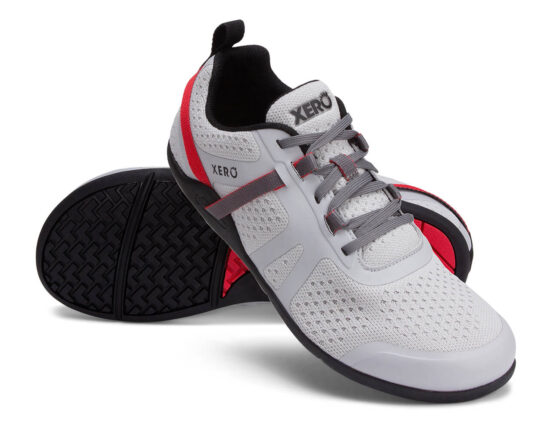President Trump’s decision to impose tariffs has sent shockwaves through the global automotive industry, with luxury sports car manufacturer Porsche finding itself at the center of a perfect storm. Let’s dive into the intricacies of how this iconic brand is weathering these challenging times.
A few months ago, before the tariff saga unfolded, Porsche was already grappling with a series of obstacles. The demand for its electric vehicles was faltering in the face of consumer loyalty to their traditional combustion engine models. Meanwhile, Chinese customers, a vital market for luxury car sales, were showing signs of waning interest in Porsche’s offerings.
Then came President Trump’s announcement—a 25 percent tariff on all imported cars to the United States. This move dealt a severe blow to Porsche and other European automakers heavily reliant on exports to America. With further threats looming, such as the proposed 50 percent tariff on all E.U. products, uncertainty gripped Porsche like never before.
Harald Hendrikse from Citi Research aptly described this situation as “literally a perfect storm.” The convergence of challenges from China’s competitive automakers, misguided electric vehicle strategies, and unexpected tariff escalations by the U.S. administration has left Porsche reeling.
Amidst this turmoil, Porsche had no choice but to revise its forecasts significantly downward. A staggering reduction of about 2 billion euros ($2.2 billion) has been made in its projected earnings for the year. Moreover, profit margins are expected to take a hit—dropping from an initial range of 10-12 percent down to 6.5-8.5 percent.
The impact isn’t limited only to Porsche; it reverberates across Europe’s automotive giants facing similar trade uncertainties and heightened competition globally. While BMW, Mercedes-Benz, and Volkswagen have diversified production sites worldwide, Porsche’s exclusive manufacturing in Germany leaves it uniquely vulnerable.
Expert Insight:
Renowned industry analysts suggest that navigating these turbulent waters will require strategic agility and swift adaptation from Porsche and its peers if they hope to emerge resilient amidst these challenges.
As executives scramble for solutions and policymakers engage in high-stakes negotiations behind closed doors, one thing remains clear—the future trajectory of iconic brands like Porsche hangs precariously in the balance against this backdrop of geopolitical trade tensions.








Leave feedback about this